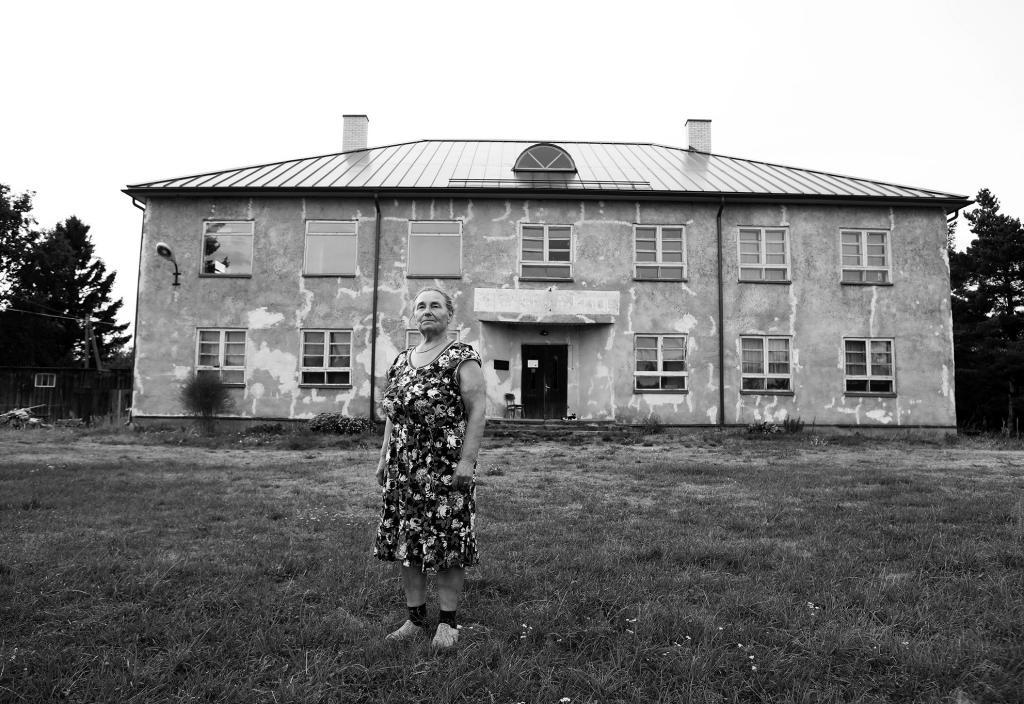According to Statistics Estonia, the country’s official statistics agency, 2.2% of the population of Estonia lived in absolute poverty and 20.6% lived at risk of poverty in 2020; compared with 2019, both the share of people who lived at risk of poverty and who lived in absolute poverty fell by 0.1 percentage points.
According to Anet Müürsoo, a leading analyst at the agency, absolute poverty indicates the share of the population who are not able to meet their basic needs.
“Last year, approximately 28,700 people lived in absolute poverty, which is somewhat less than in the previous year, but considering that their monthly income, taking into account household composition, was less than €220, there is definitely room for improvement,” Müürsoo said in a statement.
According to Statistics Estonia, the at-risk-of-poverty rate reflects income inequality in a country. In 2020, approximately 270,800 people lived at risk of poverty, as their equivalised monthly income was less than €631.
“Essentially, a person living at risk of poverty may earn a good income, but the inequality arises from the fact that other people have an even higher income. A slight fall could be noticed in the at-risk-of-poverty rate, but the change is minimal and the indicator is rather at the same level as in the prior years,” Müürsoo said.
Poverty rates have risen among single parents
Compared with 2019, the at at-risk-of-poverty and absolute poverty rates declined among couples with three or more children and among young people (18–24-year-olds), while it rose among single parents.

“The at-risk-of-poverty rate was highest for 65-year-old and older persons living alone. The greatest change occurred for single parents: year on year, the share of single parents living at risk of poverty grew by a tenth. The absolute poverty rate continued to be highest among the unemployed,” the analyst noted.
The at-risk-of-poverty rate was highest in Ida-Viru (31.4%), Võru (30%) and Valga (29.3%) counties. It was lowest in Harju (16.5%), Tartu (18.8%) and Lääne-Viru (19.5%) counties. The absolute poverty rate was highest in Southern Estonia (2.5%) and lowest in Western Estonia (1.4%).

In 2021, the share of people living in deprivation, ie people who cannot afford various items commonly available in the society, was slightly smaller than in prior years, amounting to 4.9% of the Estonian population. Deprivation affects people aged 65 and over the most (7.8%) and 18-24-year-olds the least (2.5%). In a year, deprivation decreased the most for children and youth.
Cover: An elderly lady by a neglected residential house in Estonia. The image is illustrative. Photo by Birgit Püve.

